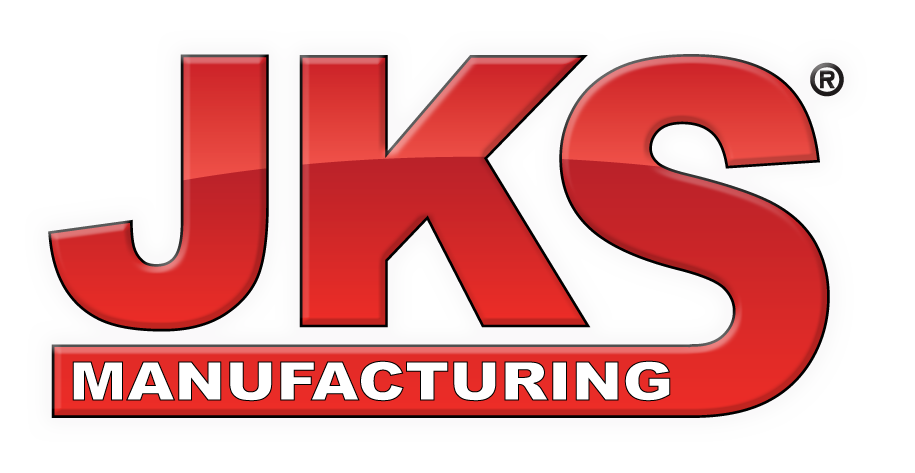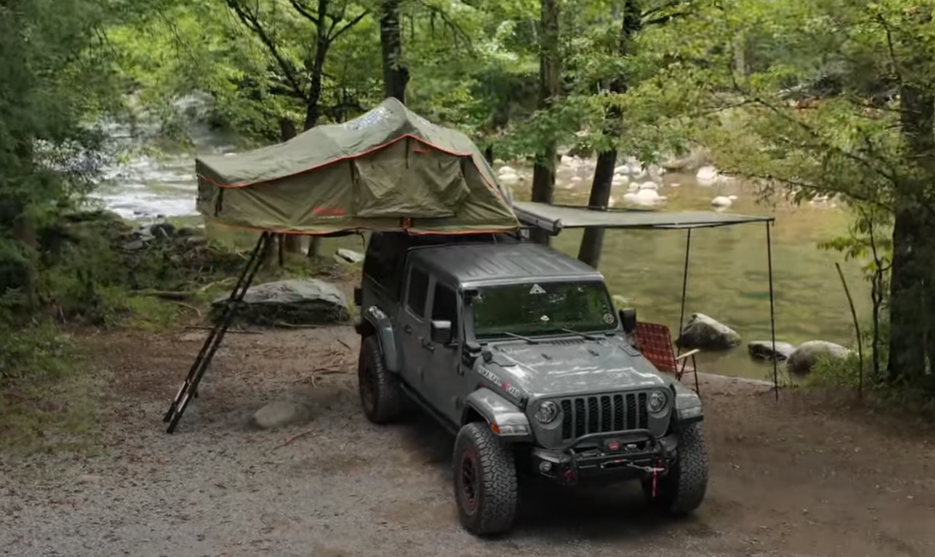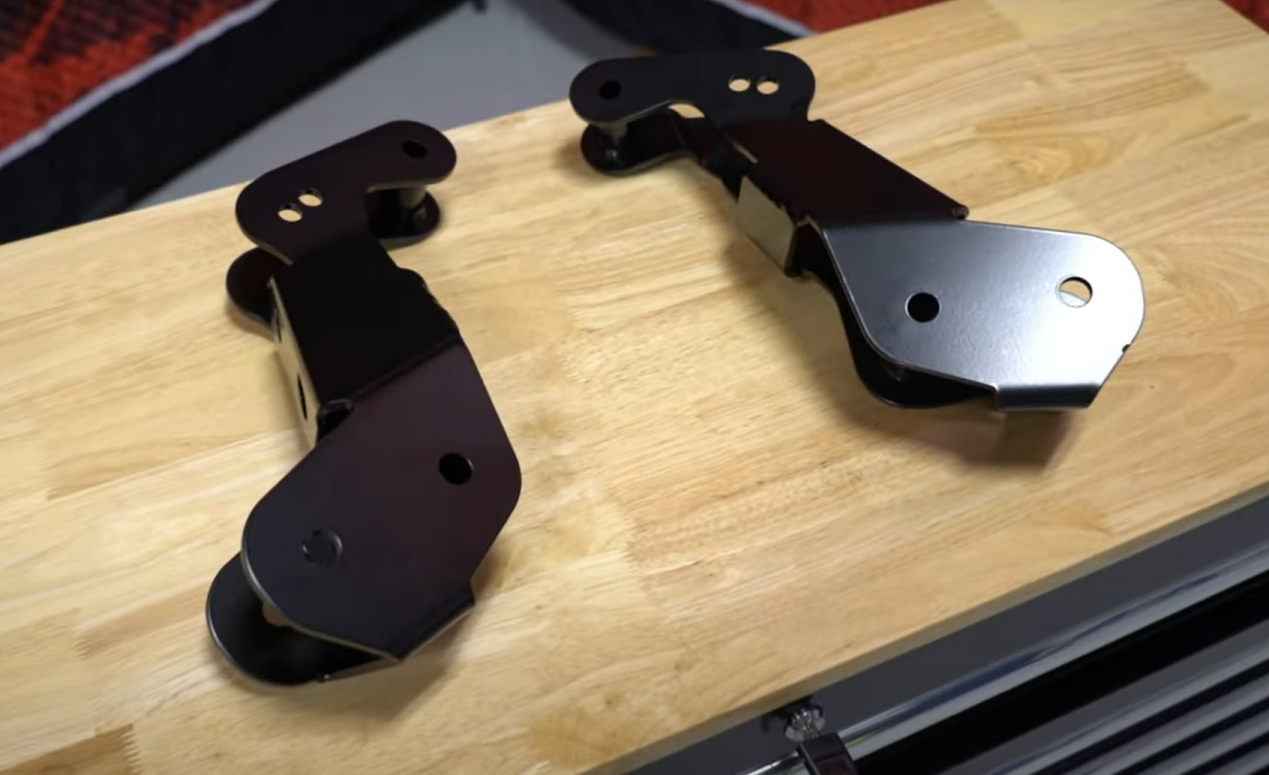The countless options for upgrading the suspension on your Jeep can make choosing the right equipment feel daunting, especially when you are new to off-roading and don't know the difference between leaf springs, coil springs, and coil-overs. JKS Manufacturing puts an enormous amount of effort into creating quality suspension components, tuned for your specific needs, for every type of available Jeep application. The four most common suspension types are leaf springs, linear-rate coil springs, dual-rate coil springs, and coil-overs. Keep reading to explore the features, pros, and cons of each Jeep spring type.
Leaf Springs:
Leaf springs are considered the most "traditional" style of suspension. Due to their very basic technology and their use in a great variety of early Jeep and vehicle applications. Sometimes basic technology like the leaf spring system gets a bad reputation due to the frequency of people's experiences with poorly tuned or worn-out suspension components. After all, the leaf spring systems were used on Jeeps in the earliest of days, and not phased out/replaced until after the YJ era.
Leaf spring design is simple, they feature two frame attachment points, locate the axle, and have no other added elements besides the shock itself. Leaf spring design changes the function, for example, if you add a leaf, use different thicknesses, or change the arch height, the ride quality of the system will be altered. Some aftermarket enthusiasts take advantage of the simple design of leaf spring systems to "mix and match" or build custom leaf springs to truly tune the reaction from the vehicle since these are highly customizable and can be taken apart and reassembled easily. For example, a lot of thin layers in a leaf spring setup results in more flex for off-road use. Shackles also are a tunable part of the leaf spring system at the mounting points to the frame.
Although these are old tech, leaf spring systems are off-road capable with some work, but simple once set up and maintained properly. When you own a Jeep with a leaf spring setup you should be wary of bushing rot and spring sag. These could potentially be the reason you are looking for replacements.
(Although JKS does not offer leaf springs, we do have some shackles that will work in the rear of an XJ or the front of some FSJ’s)
Linear-Rate Coil Springs:
The natural evolution in suspension was the first coil springs. This form of suspension component is so effective and popular that it is still used within stock vehicle applications up to this very day.
Linear-rate coil springs are not tunable outside of their actual creation in a manufacturing process that defines their thickness, the spacing between the coils, and the overall diameter of the coil. Once a linear-rate coil spring is created that spring will have a corresponding spring rate, free height, and installed height. Shock lengths must match the spring's free height or limit straps must be installed to prevent the coil from coming unseated or falling out under extreme flex. These springs also compress at the same rate across the entire spring, making avoidance of "coil bind" a very easy task.
These springs are great because depending on the weight of your vehicle, or the accessories added to your rig, you can determine the correct spring for the job. The manufactured spring will also have a built-in spring rate, which is useful for tuning your rideability. Higher spring rates are usually associated with a harsher ride and an overall reduction of vehicle body movement, while a lower spring rate will allow for softer and more comfortable navigation of obstacles, but feel less sturdy on the road at higher speeds.
Dual-Rate Coil Springs:
Dual-rate springs are the optimal non-coil-over option in the eyes of JKS. You can identify a dual-rate coil spring by the change in the spacing between the tighter wound section and the even bottom section. The dual-rate allows for the softer ride quality while maintaining additional articulation and the ability to off-road. Even though while sitting the springs will look very near "coil bind" when a tire enters a pothole that section of spring opens up and recompresses prior to utilizing the rest of the spring.

Dual-rate coil springs are all tuned and adjusted on a vehicle-by-vehicle basis and JKS offers options that are ride specific with options to upgrade bump stops and springs when carrying loads for Overlanding or heavy-duty bumper packages. (see ACOS and HD dual-rate spring listings)
Coil-overs:
Coil-overs, as the name implies are a coil spring over the top of a shock. The shock has a threaded body that locates the spring retainers top and bottom. This threaded body also offers “preload” adjustments that can add or remove ride height as needed.

Coil-overs were created for racing where the ultimate in tuning and adjustments were needed to adapt to changing track conditions or varying terrain off-road. You can change springs, add multi-rates, and adjust valving, almost anything you would want to do to tune your Jeep's suspension can be done with coilovers (and some additional JKS tunable suspension products).
Coil Springs: https://jksmfg.com/collections/all/category_coil-springs-bump-stops
Coilovers: https://jksmfg.com/collections/coilovers-shocks/category_coil-overs


